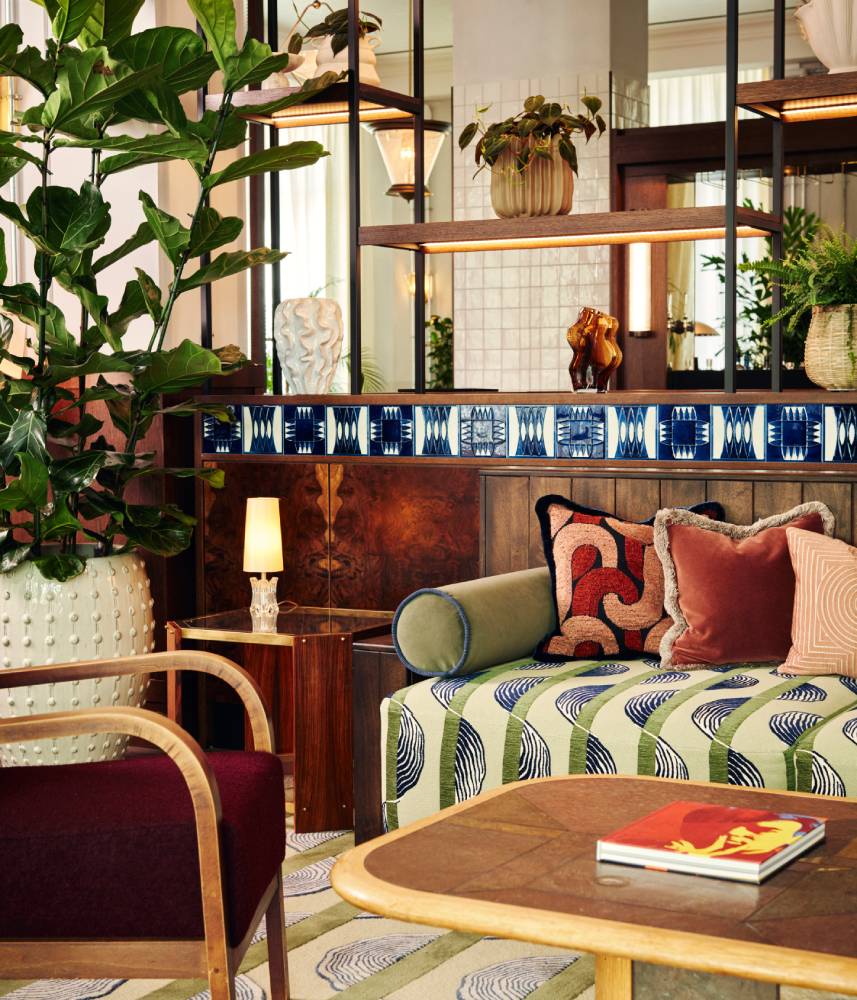Mix Roundtable: The spaces of the future, realised
In partnership with Atlas Concorde, we explored the building blocks of tomorrow’s commercial environments, considering the themes shaping these, our changing needs and dramatically evolving design practices. Then we brought them to life.
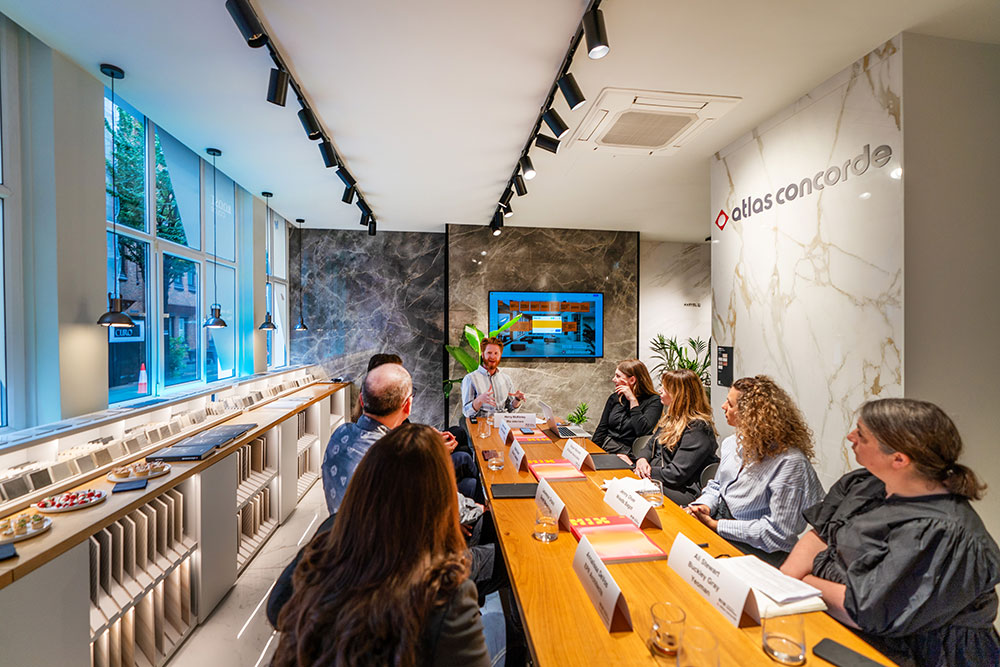
See the highlights
Meet our guests
This article first appeared in Mix Interiors #234
Words and moderated by: Harry Mckinley
The context
The spaces we inhabit are more than mere boxes. When designed well, they are purposeful, they reflect the world around them and they are imbued with identity. As our needs, values and cultural touchpoints evolve, so to must our commercial environments – be they places of work, play or rest. How to respond to change and create spaces fit for the future is, then, the fundamental issue addressed by architects, designers and manufacturers.
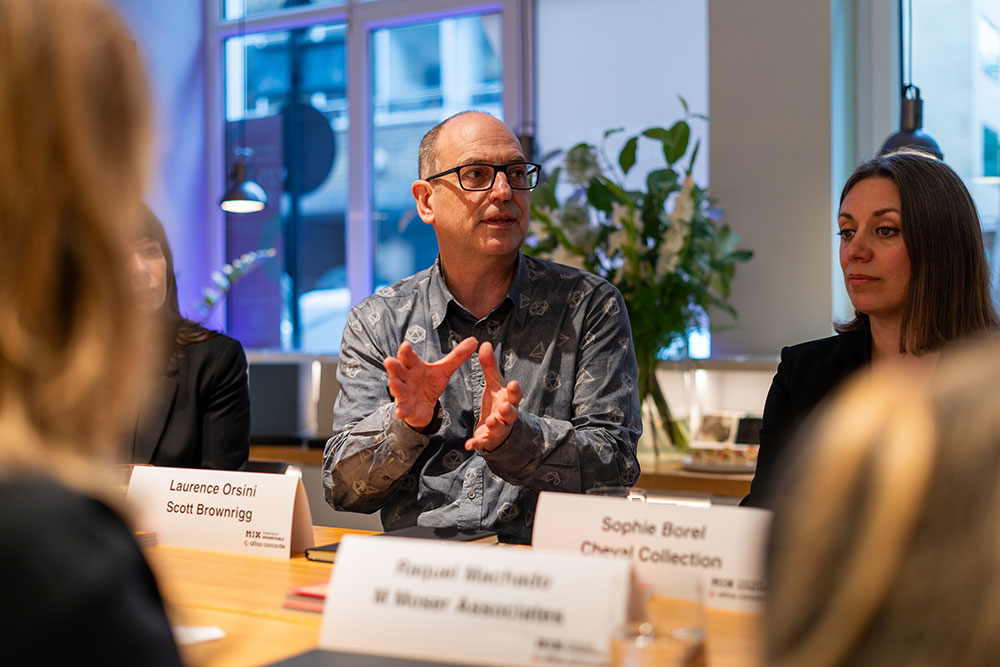
At the Clerkenwell showroom of Atlas Concorde, in the heart of a neighbourhood home to more creative businesses per square mile than anywhere else on Earth, we assembled a collective of some of commercial interior design’s leading thinkers, asking: what might the spaces of the future look like?
Considering both function and form, we sought to explore the forces shaping our environments, subsequently utilising artificial intelligence to visualise the hypothetical workplace, hospitality setting and BTR project of tomorrow.
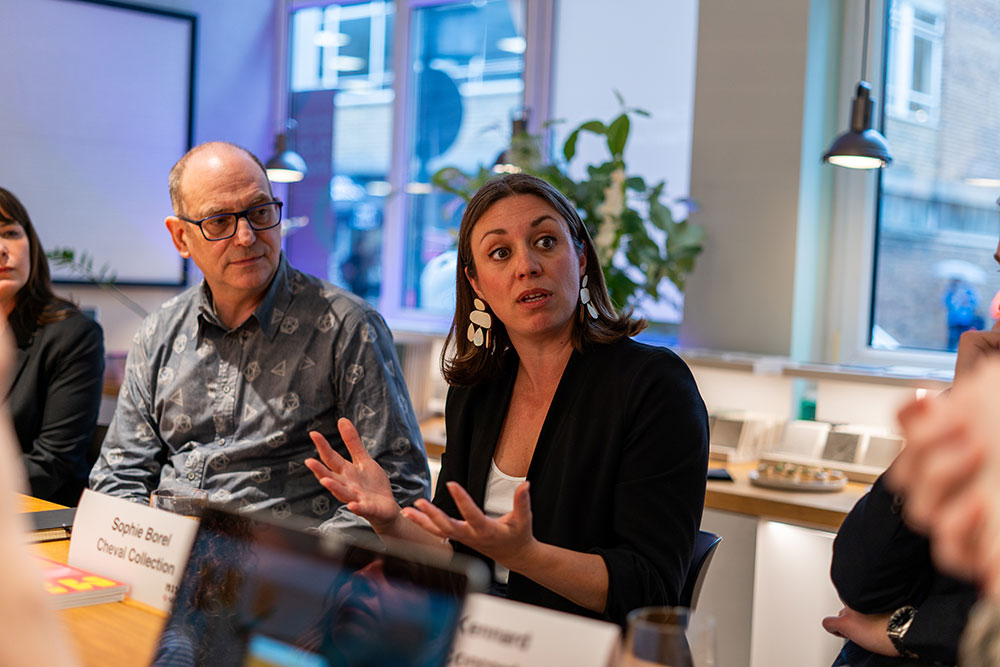
The foundation
The spaces of the future are, of course, not only for this generation, but the next. For our table, this meant considering the issues that resonate with Gen Z and considering how these might inform the way we conceive and design.
“They’re more interested in the experience of being in a space and how it’s going to affect them,” suggested Scott Brownrigg’s Laurence Orsini, touching on the need to build emotional connections. “That’s arguably what makes for a remarkable space, because it’s memorable and inspiring; triggering a response in a way we can’t see.”
Agreeing, EPR Architects’ Annalissa Devos explained that, “human beings seek a sense of belonging and that really speaks to inclusivity, which is important when considering not just who spaces are designed for, but who they’re designed by. Having a team that is diverse and considering different viewpoints from the beginning means already considering how everyone would want to use an environment; integrating a variety of different cultures into the design process.”
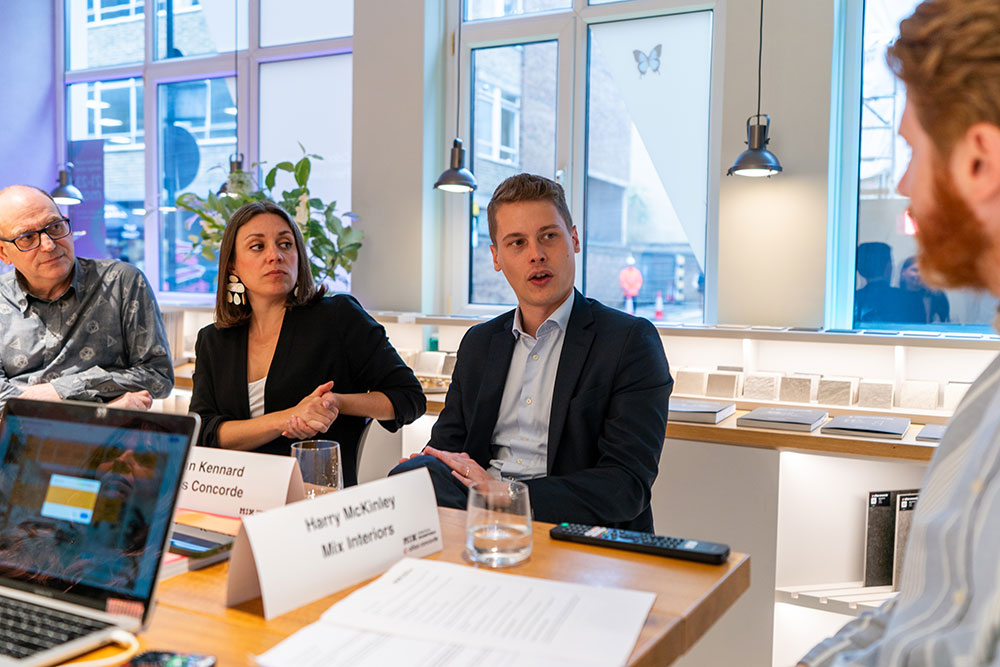
While inclusivity factored highly (also addressing the likes of neurodiversity), the primarily value driver for the spaces of future, all agreed, is sustainability – the increasingly pressing need to protect our planet. The transformation in how we devise spaces then, doesn’t always mean ‘adding new things’ Devos continued, but removing the unnecessary.
Sustainability, our guests noted, walks hand-in-hand with the desire for flexibility and adaptability; making environments more nimble, longer lasting and requiring them to work harder, for a greater range of purposes. Combining technology with humanity, a renewed commitment to craft alongside modern production, can work in service to these ambitions.
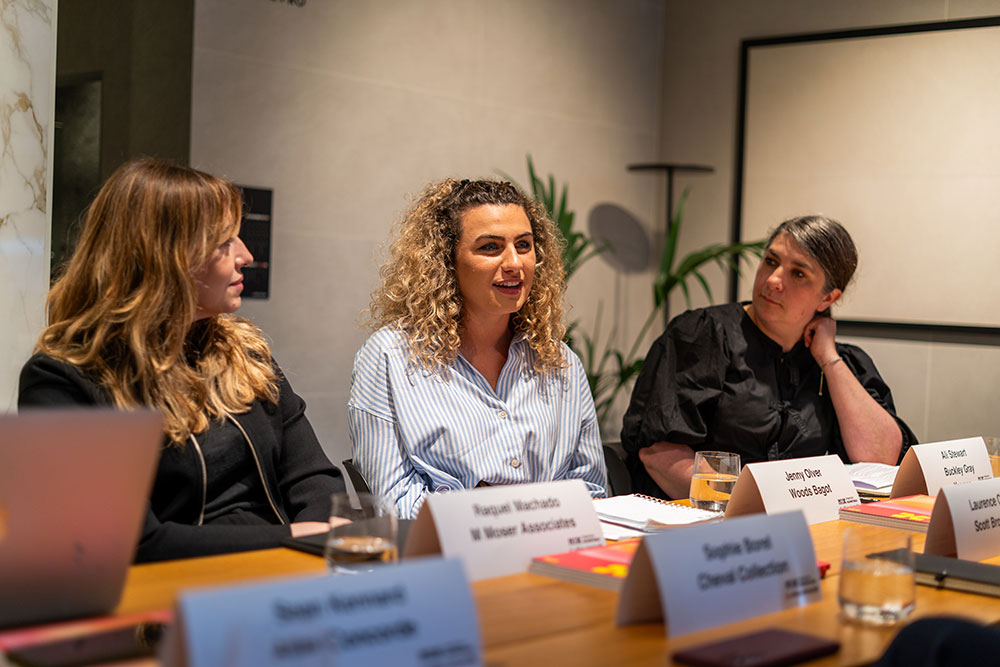
The practicalities
“Looking at the younger part of our teams, they float around the workplace and don’t really anchor themselves to any one spot,” reflected M Moser’s Raquel Machado. “A laptop is mobile, and so we need to accommodate and nurture that ability to float.”
Particularly for workplaces, spaces that flex are likely to become the backbone of commercial interior design, our experts established, with some reports indicating office usage is almost back to pre-pandemic levels. The shift, however, is in how and when the office is, and in the future will be, used: with hybrid working models the norm, few come in everyday and demands are changing.
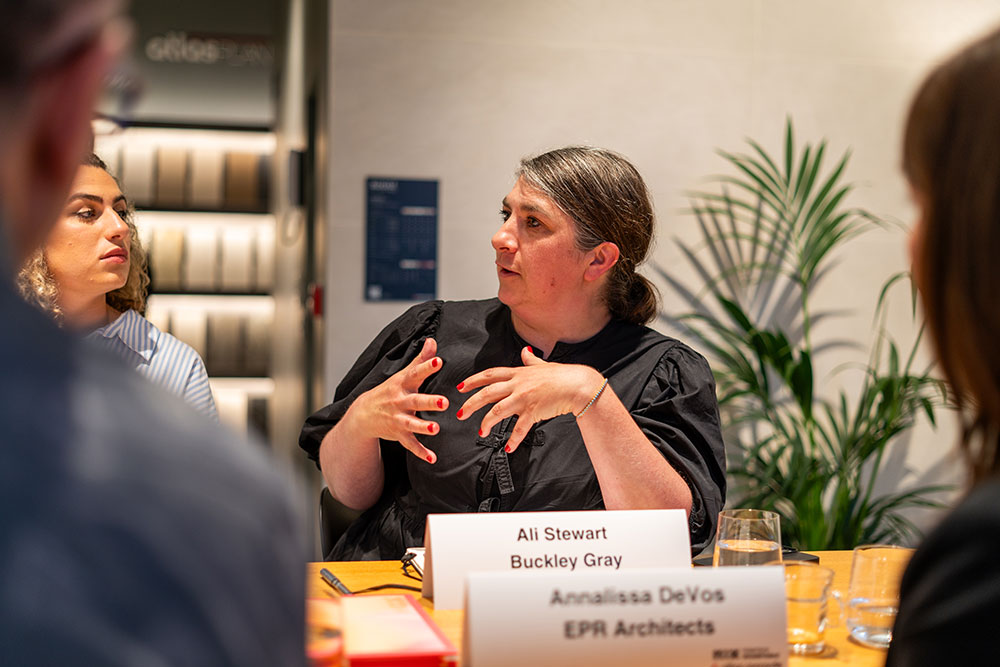
“At home, I can’t grab a coffee and chat spontaneously with someone else on the team,” noted Woods Bagot’s Jenny Olver. “So in thinking about the spaces of tomorrow, there’s going to be an even greater need to consider community. Socialising and collaboration is already a big deal, when part of the week people feel remote.”
It’s here that the workplace can learn from, and incorporate, elements of hospitality – blending restaurant and coffee shop culture with productive spaces and places for focused or private work.
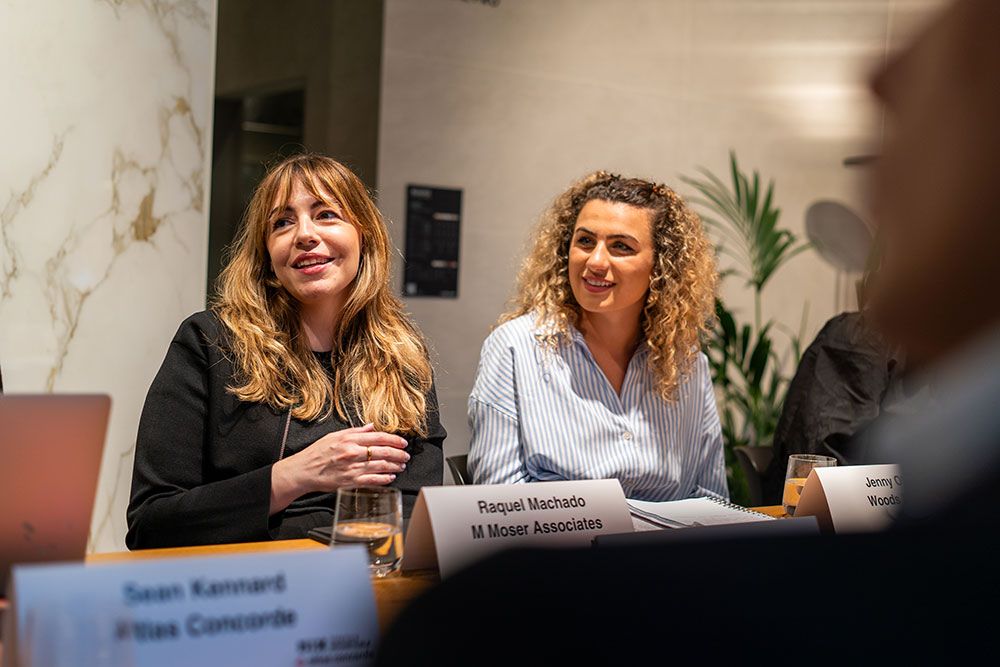
“The future will mean more universal design,” stressed Atlas Concorde’s Sean Kennard, as talk turned to the blurring boundaries between workplace, hospitality and even commercial residential. “There’s a need from the market to develop more and more products that can be adapted to different spaces that are not necessarily categorised; specific products, but not clearly defined for sector. We can think about how collections can be adapted to hospitality venues or workspaces and so on, but without compromising on the core concept of quality.”
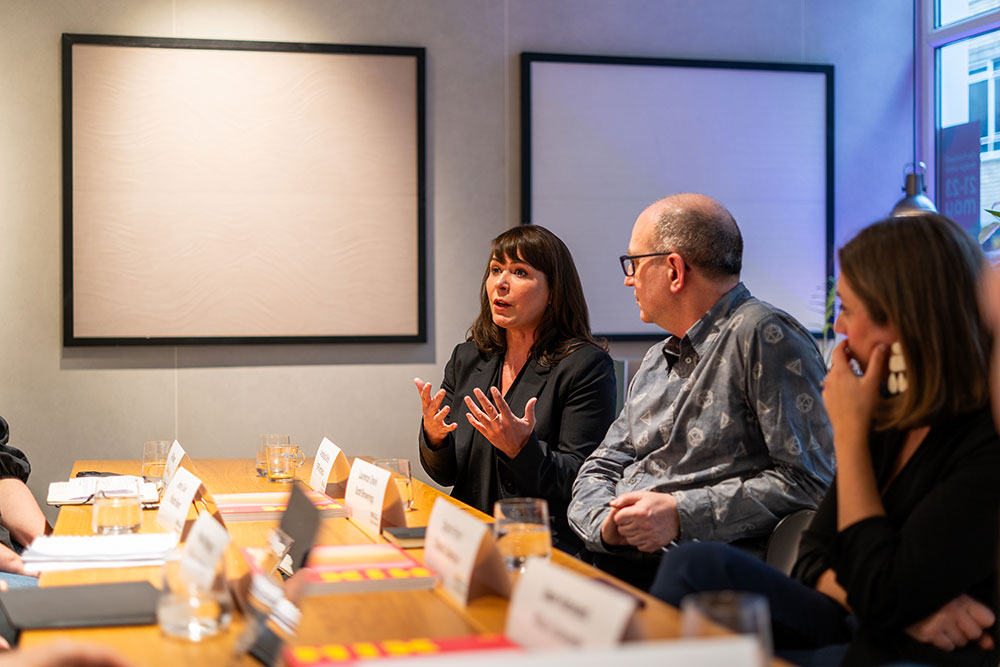
Working within a business that operates luxury apartments, for Chevel Collection’s Sophie Borel, the priority will be optimising spaces to take account of this growing diffuseness.
“We know people are living differently and, looking to the future, we have to offer opportunities for customisation and using a space for different things at different times of the day – especially if they might be living, working and even socialising all in the same building. In that sense, I think we can start to think of buildings as brands in their own right, with individual design.” Here, the conversation continued, design can be bold and ‘signature’, so long as the building is suited to a variety of uses; fit for a variety of operators or tenants.
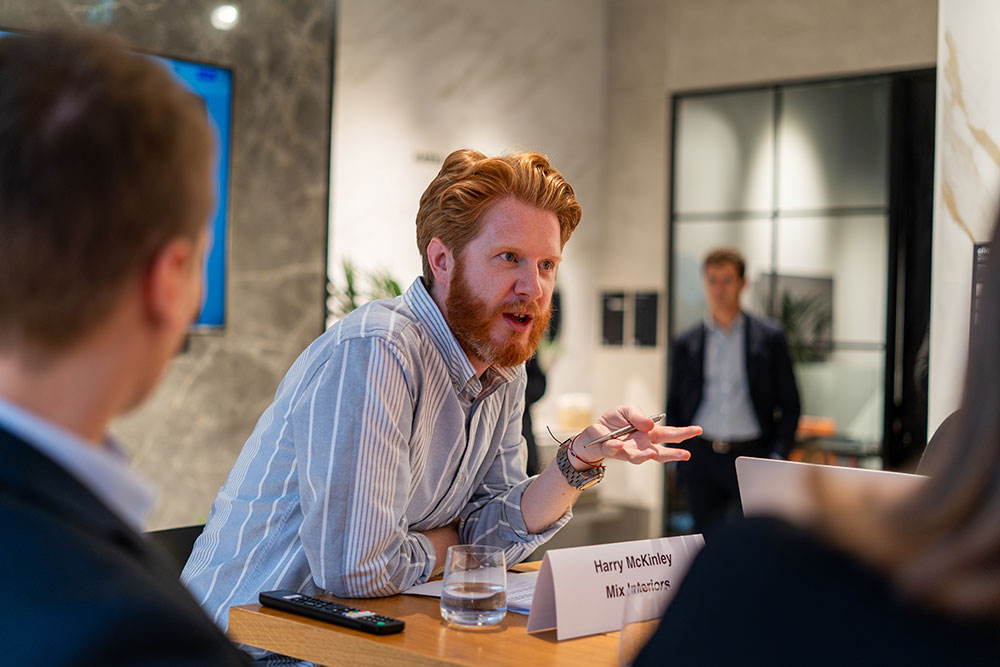
The aesthetics
When it comes to how these environments look, there is no one-size-fits-all solution; by necessity aesthetics driven by function. Tomorrow’s hospitality spaces, though perhaps incorporating a dimension of coworking, might lean even more into the experiential, as a point of differentiation.
“Hospitality can be, and should be, an event,” expressed BGY ID’s Ali Stewart. “It’s escapism and theatre, and we will all still need that in our lives. We don’t necessarily control when we have to be in the office, but we can decide when we want to go to a restaurant or stay in a hotel. When we’re there, we want an immersive experience.” And clients are increasingly willing to embrace the bold, even maximalist, in the experience of the assembled designers.
The other side of the coin, is in adaptive reuse – the demand to see existing urban spaces repurposed as workplaces, for example. Here, authenticity and honesty should drive design, allowing the ‘bones’ of a building to shine through; trying to discover what is there as a form of design archaeology and layering new interventions atop the old.
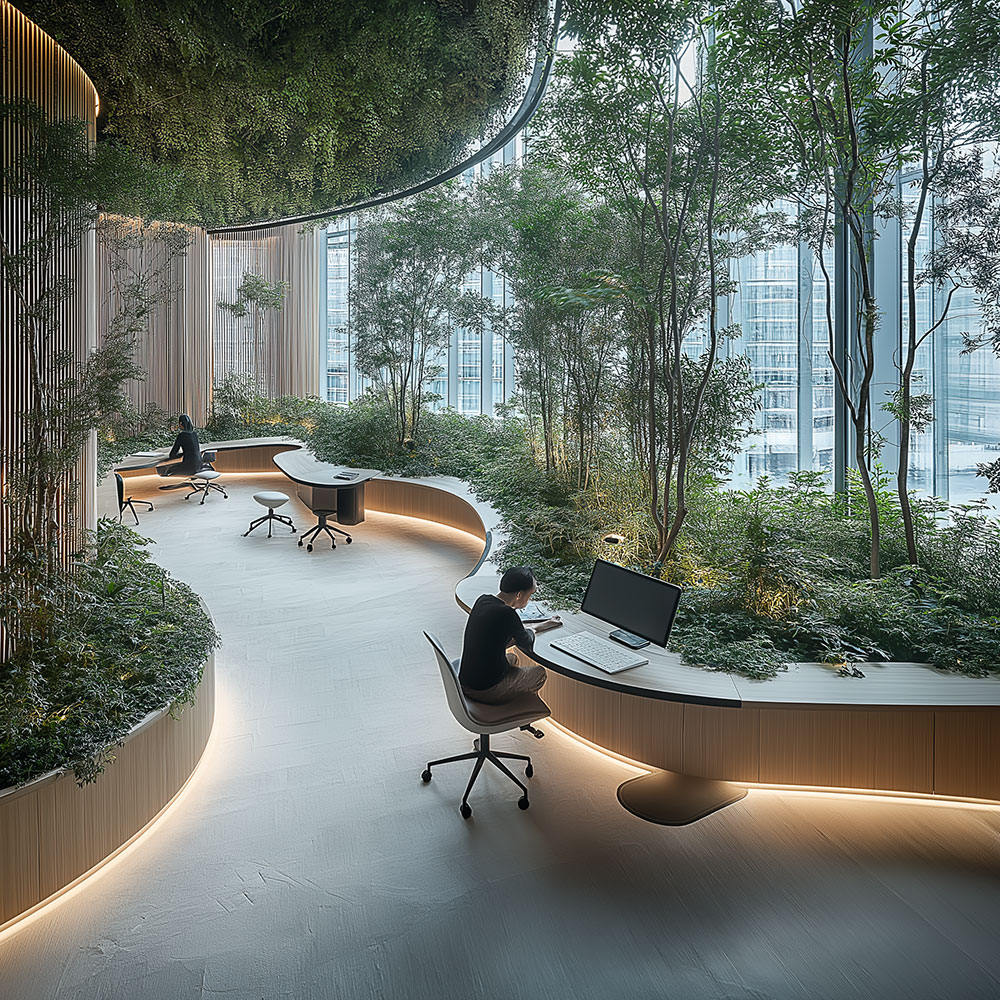
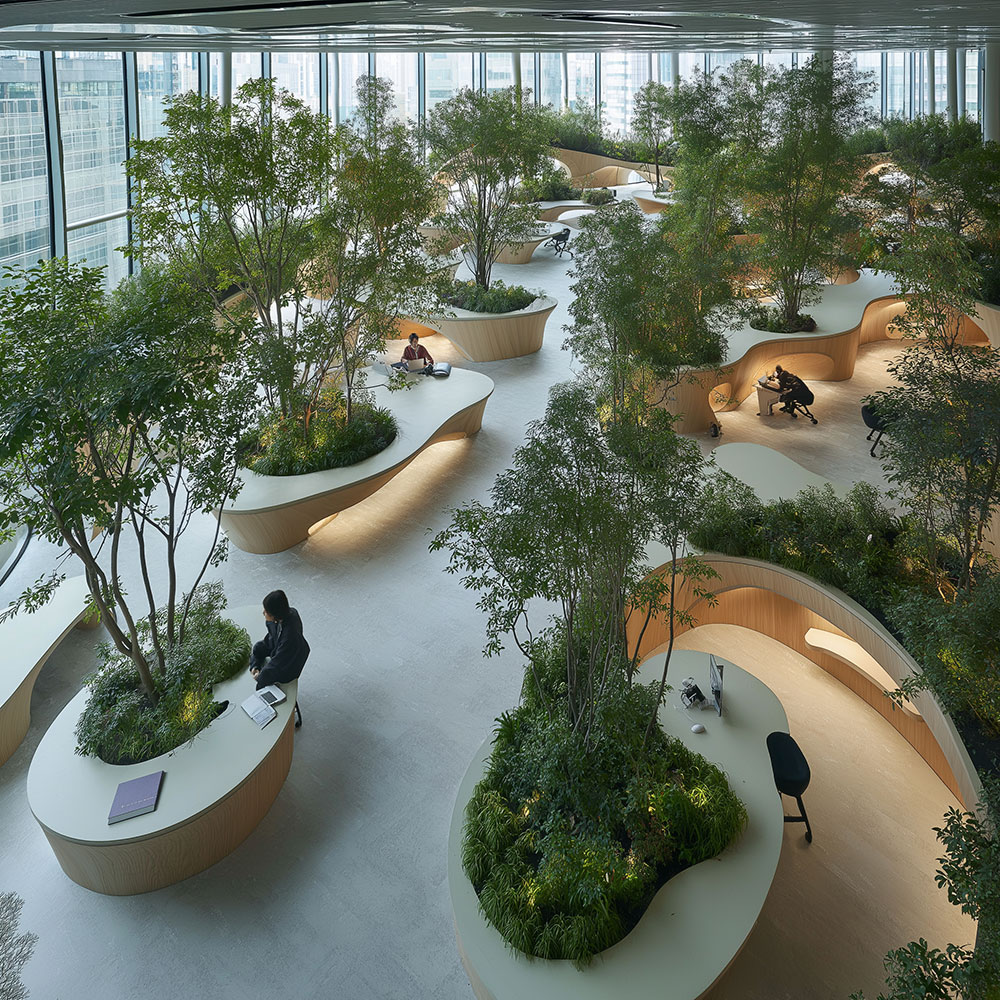
Nature at work
A dramatic, larger-scale workplace with a strong emphasis on multi-function design and adaptability – with intentioned use of biophilia, both in use of real planting and natural world-inspired wayfinding.
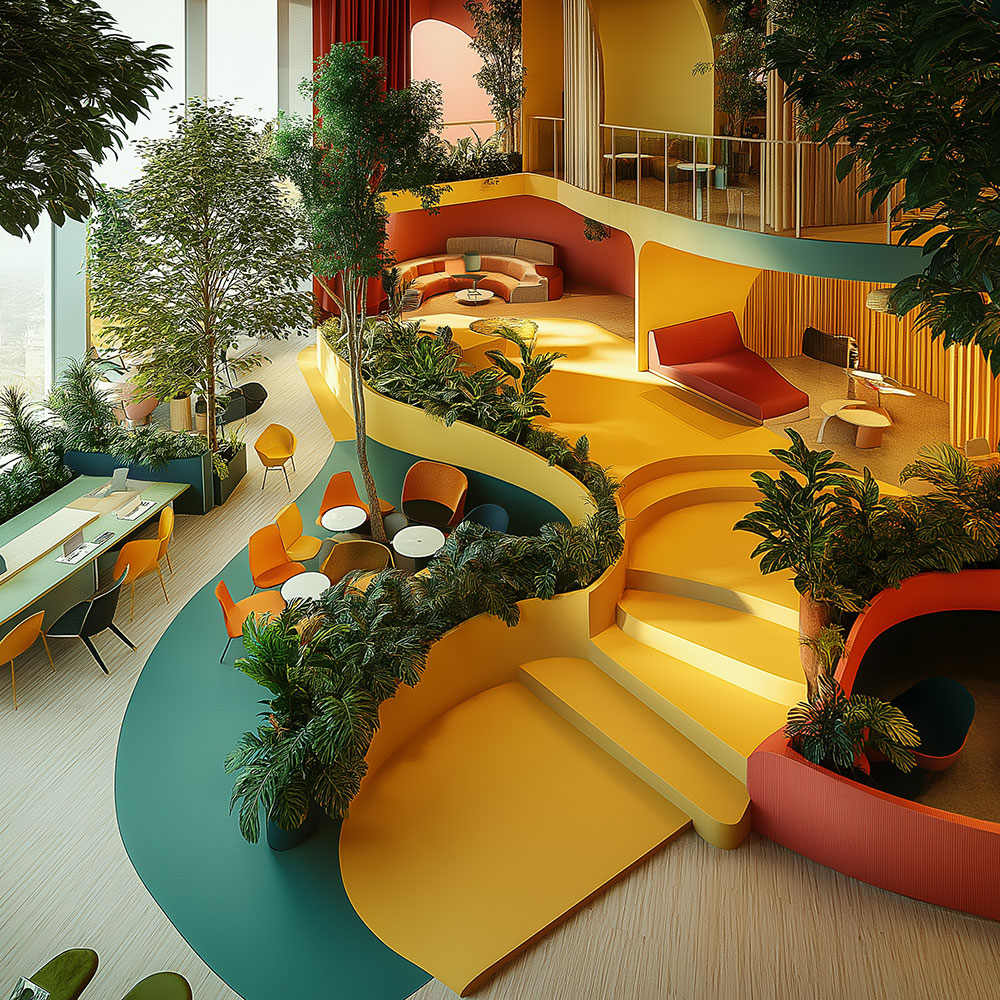
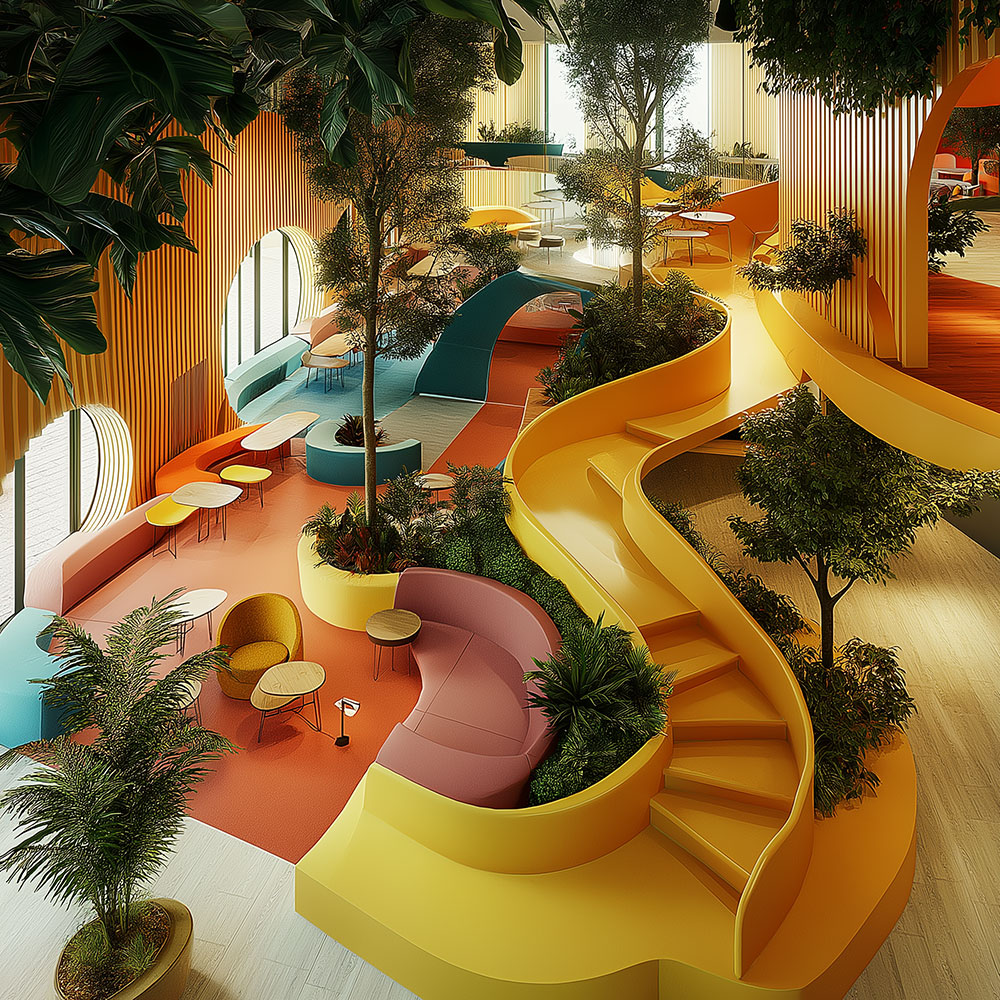
Rainbow philosophy
A flexible workplace, with a variety of focused and collaborative spaces, considering neurodiversity through the application of colour psychology.
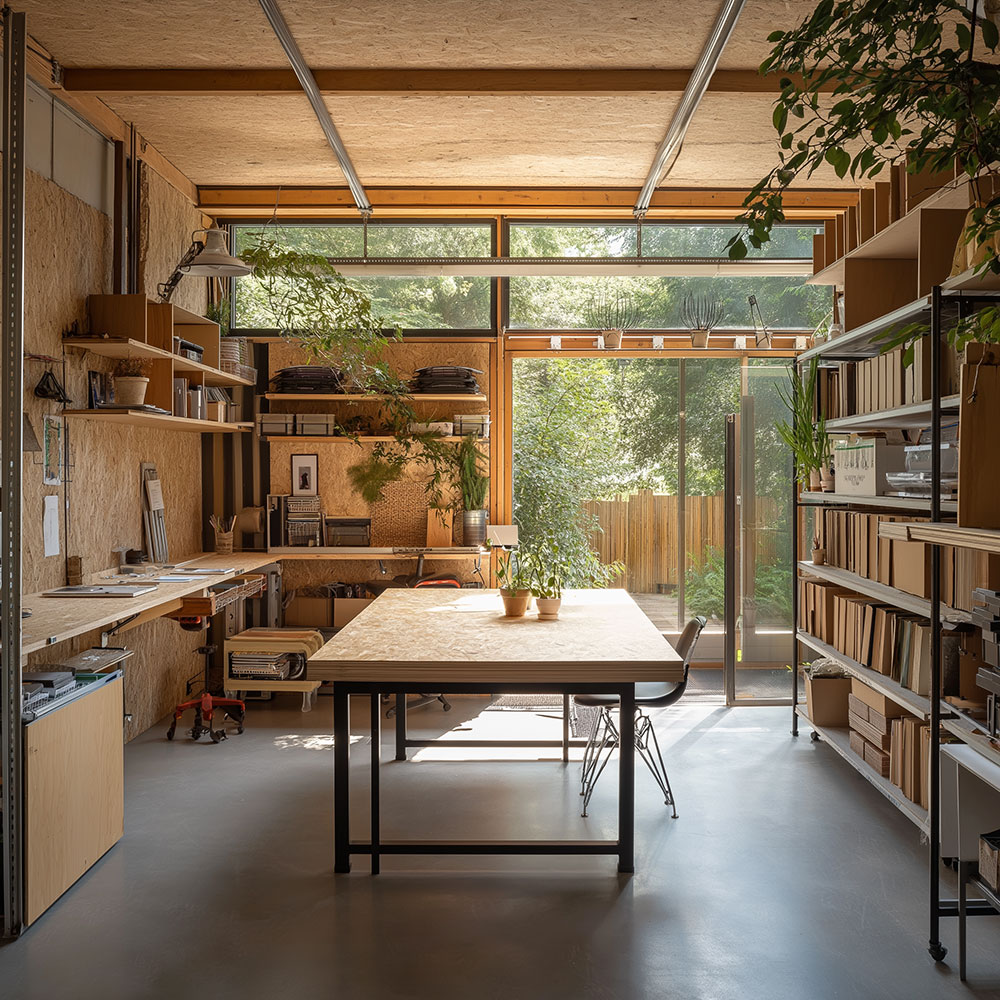
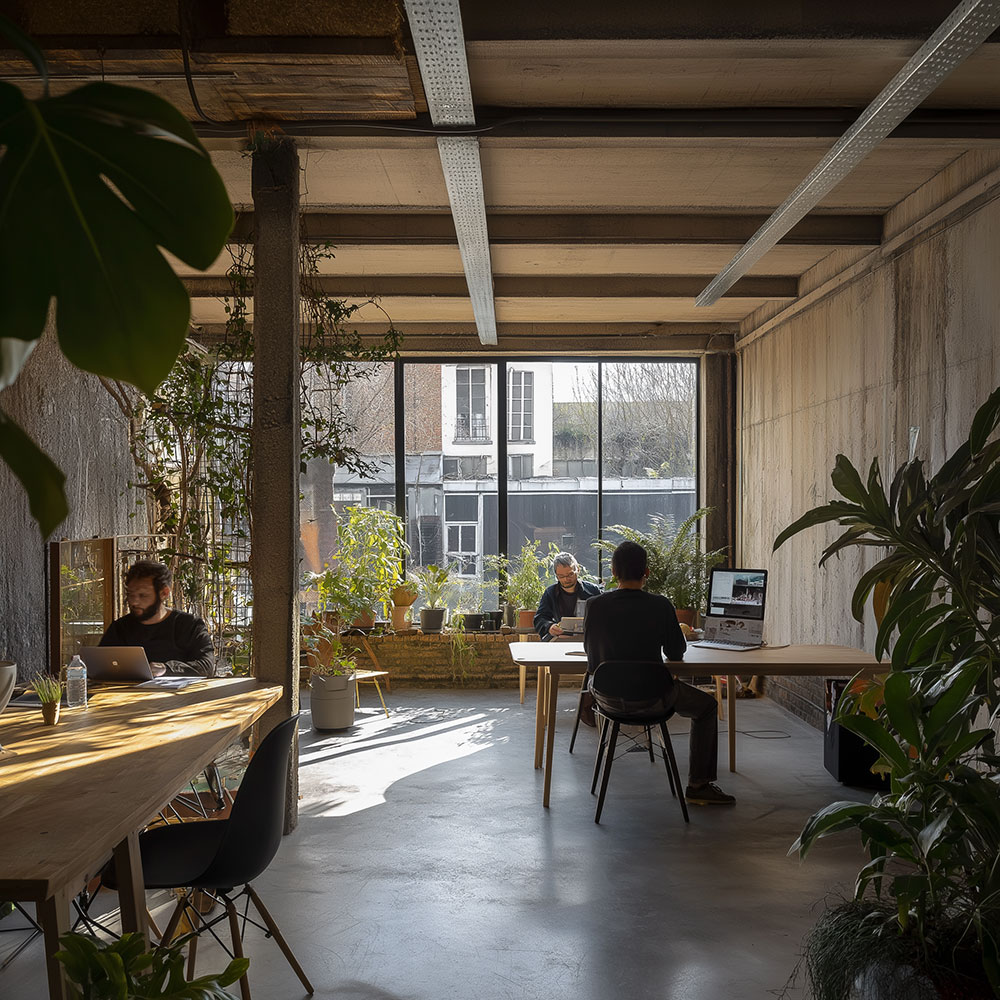
New space in old places
A boutique workplace in a repurposed urban garage, using existing or repurposed materials, and with an emphasis on un-defined, flexibly productive space.
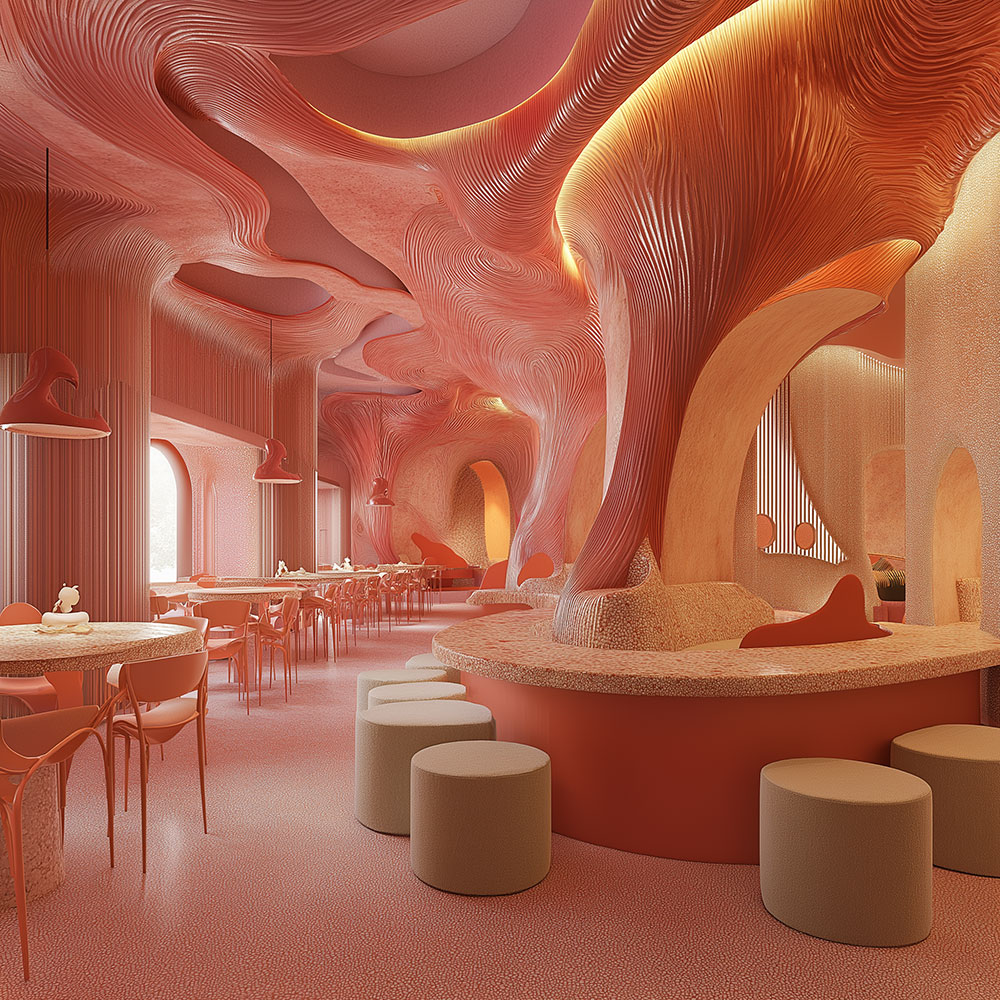
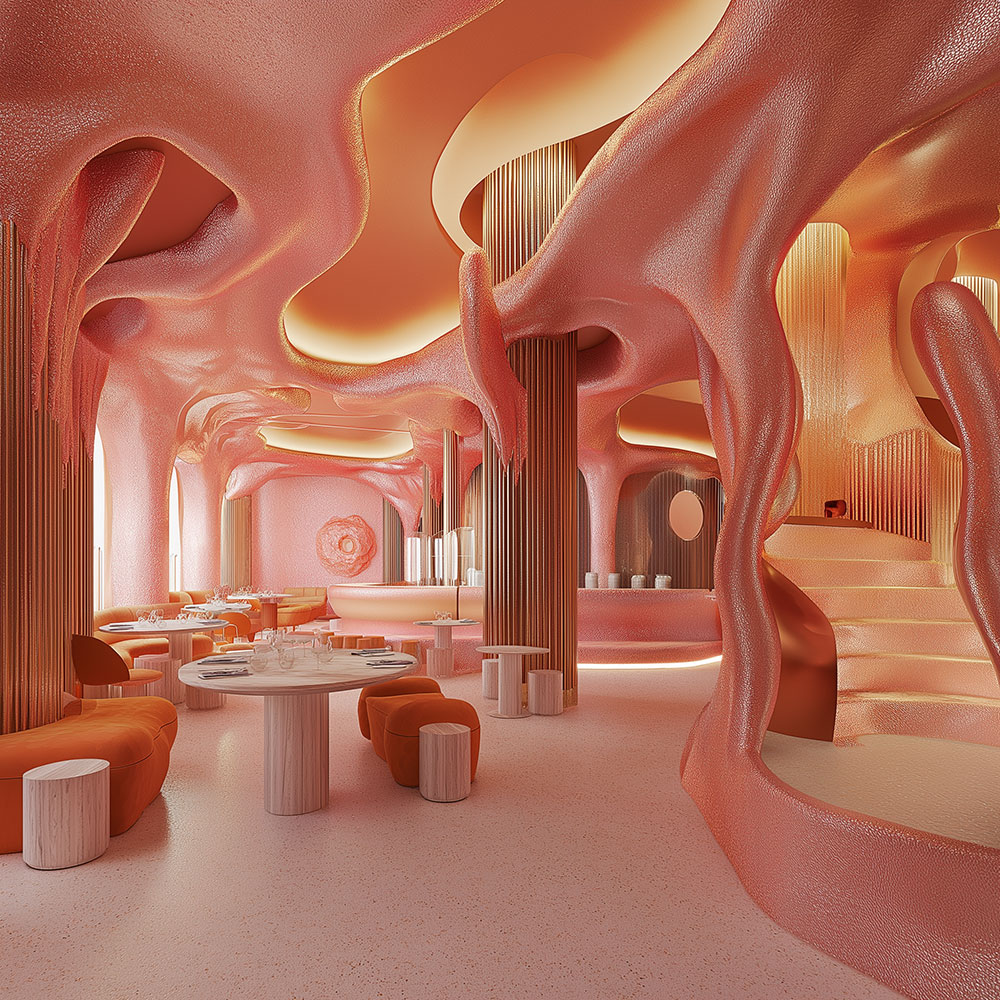
Dinner theatre
An ultra-experiential but adaptable hospitality concept, with highly stylised, tech-derived interior architecture that references biomimicry.
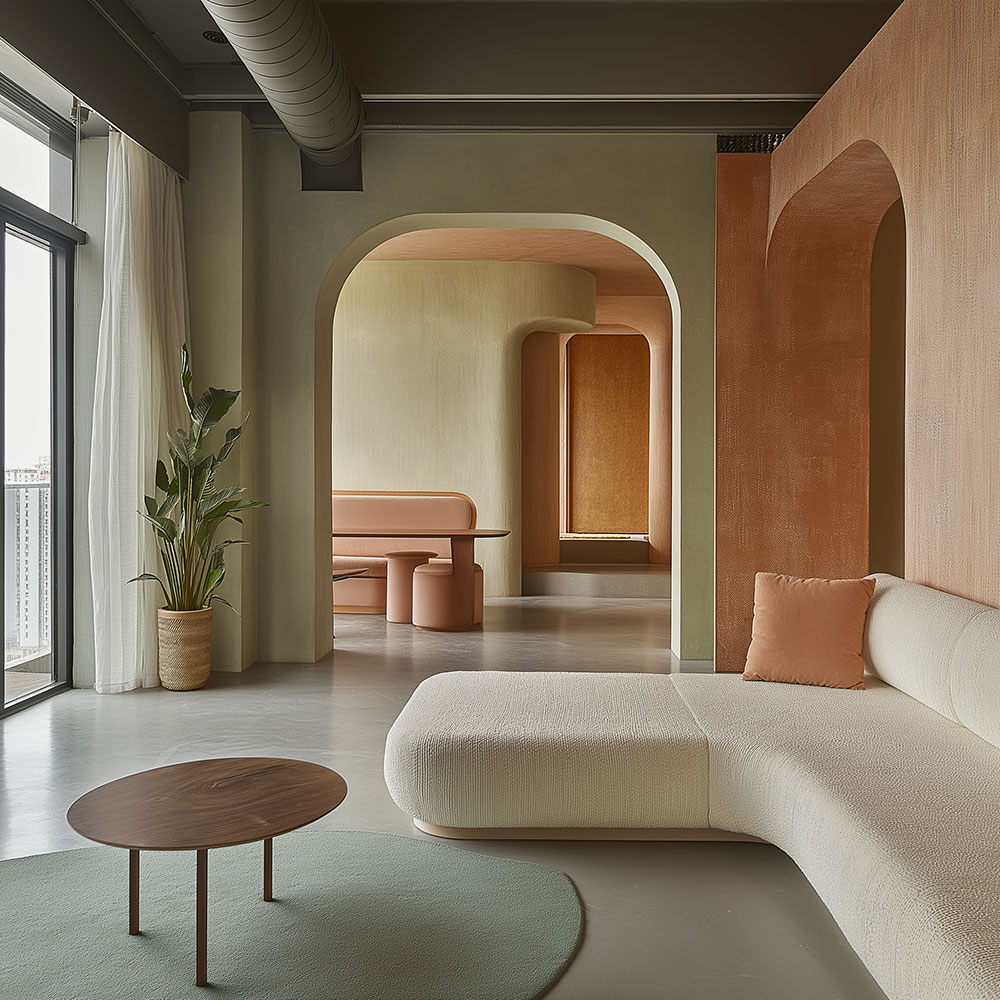
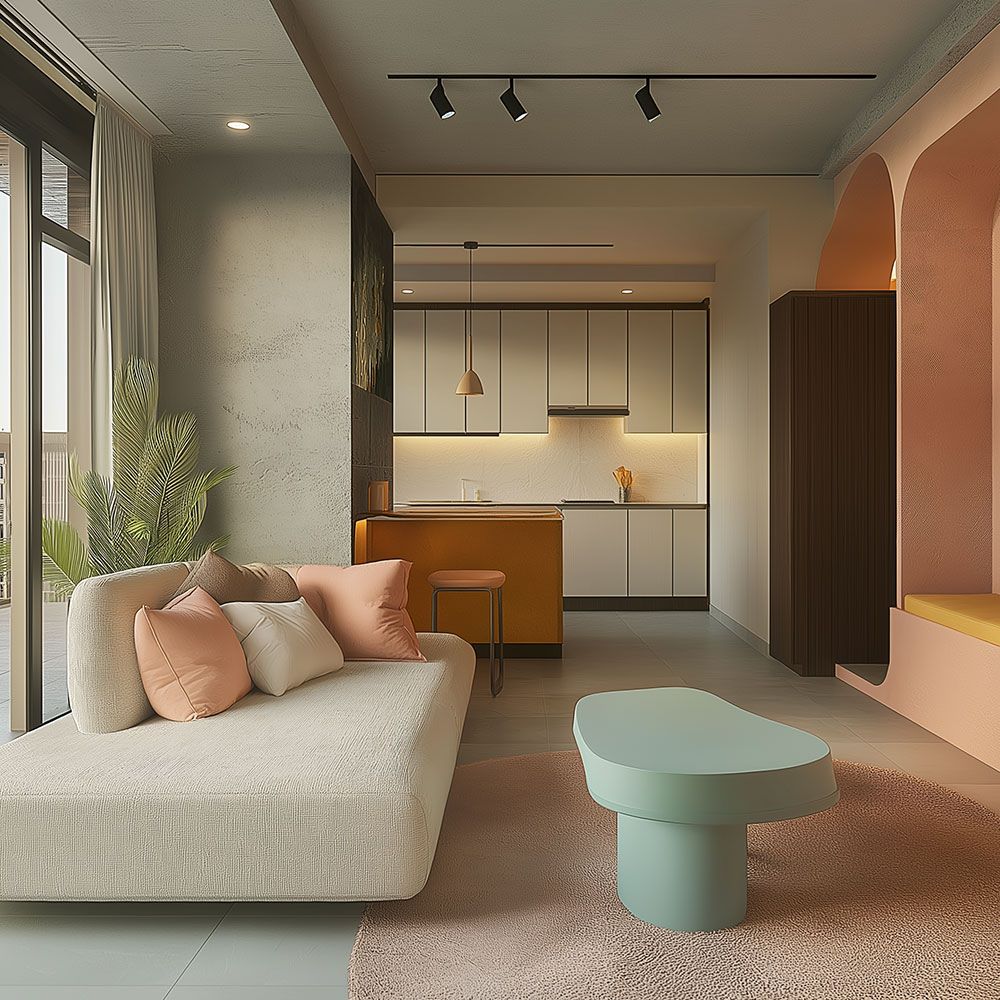
Your home, your way
A commercial residential project, that prioritises malleability in use; a canvas for customisation featuring a colour palette that engenders restfulness.
